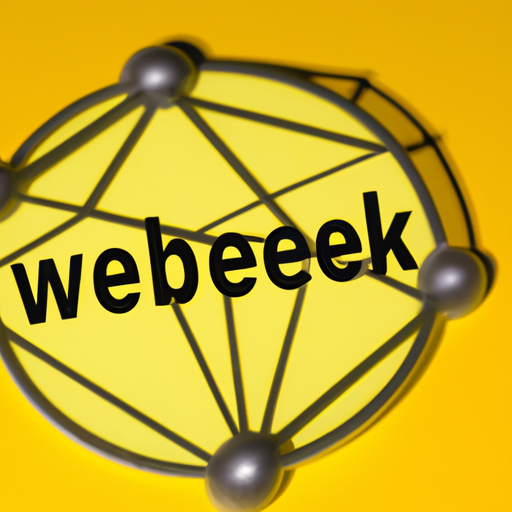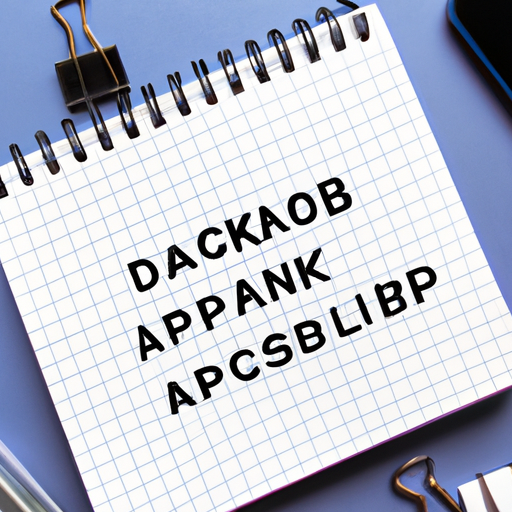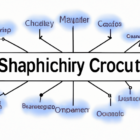Published on October 3, 2023
The concept of the Decentralized Web, commonly referred to as Web3, is gaining enormous traction as a transformative movement in the digital landscape. With the rise of blockchain technology and peer-to-peer networks, Web3 aims to create a more equitable internet where users play a central role in governance and ownership of their data.
What is Web3?
Web3 represents the evolution of the internet into a decentralized ecosystem where individuals retain control over their personal information without the need for centralized authorities or intermediaries like traditional tech giants.
This shift towards digital sovereignty is facilitated by advancements in technologies such as smart contracts and decentralized applications (dApps), which enable secure transactions and interactions directly between users.
The Benefits of Decentralization
One of the primary benefits of a decentralized web is enhanced privacy and security. Users can engage with online services without sacrificing their sensitive data, significantly reducing the risk of data breaches and misuse.
Additionally, Web3 fosters innovation by allowing developers to create applications that are not only decentralized but also open-source. This encourages collaboration and the co-creation of protocols that benefit all users.
The Future of Web3
As we look to the future, it is clear that the future of the internet is moving towards increased decentralization. Web3 has the potential to revolutionize industries such as finance, healthcare, and social media, redefining the ways we interact with technology.
While challenges remain, including scalability and the current technological infrastructure, the momentum behind Web3 continues to grow. Companies and individuals alike are eager to embrace the opportunities that a decentralized web presents.





